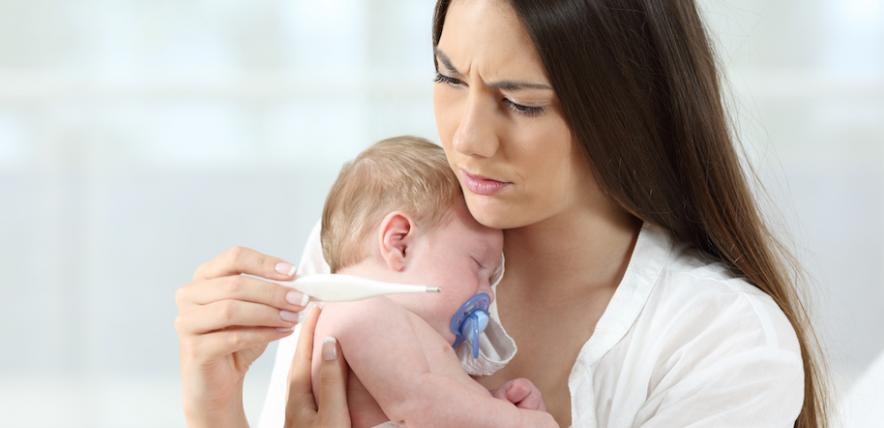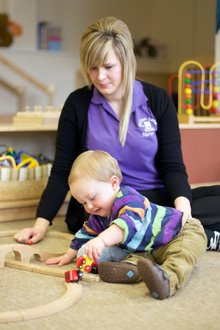The Sepsis Trust explains the symptoms of sepsis and how you can spot them in young children
Sepsis, or blood poisoning, is a rare but serious reaction to an infection that causes the body to attack its own organs and tissues.
If not spotted early and treated quickly, it can rapidly lead to organ failure and even death.
Every year, 250,000 people in the UK are affected by sepsis – and 25,000 of these are children.
A quarter of those that survive sepsis will suffer from permanent, life changing effects.
Up to five people are said to die from the condition every hour in the UK.
Who is vulnerable to getting sepsis?
We still don’t know why some people who get an infection develop sepsis and others don’t.
Anyone can develop sepsis after an infection or injury, but some people are more likely than others to get it, including very young children or those receiving medical treatment that weakens their immune system.
Children who have recently had surgery or have wounds or injuries as a result of an accident are also more likely to develop sepsis.
How to spot sepsis in children
A child may have sepsis if he or she:
- is breathing very fast
- has a fit or convulsion
- looks mottled, bluish or pale
- has a rash that does not fade when you press it
- is very lethargic or difficult to wake
- feels abnormally cold to touch
A child under the age of five may have sepsis if he or she:
- is not feeding
- is vomiting repeatedly
- has not been to the toilet or had a wet nappy in 12 hours
Check the child’s temperature and seek immediate help if they have a temperature of:
— over 38ºC in a baby under three months old
— over 39ºC in a baby aged three to six months
— under 36ºC (check three times in a 10 minute period)
— any high temperature in a child who can’t be encouraged to show an interest in anything
If a child has any of these symptoms, you should call 999 or take them straight to A&E.
If a child in your setting becomes unwell with either a fever or very low temperature – or you are aware that they have had a fever in the past 24 hours – you should call 999.
Make sure that you ask: could it be sepsis?
Treating sepsis
Doctors can undertake tests to confirm whether or not a child has sepsis, but treatment may even start before it has been diagnosed to give them the best chance of recovery if they do.
The child will probably be admitted to hospital and may be kept in intensive care, depending on how serious their situation is.
If they are treated promptly, children are likely to make a full recovery.
We can’t always prevent sepsis, but if it does strike getting help early on can stop it in its tracks. The first, vital step is to ensure that families are aware of the condition.
If a child is ill with an infection, knowing to ask health workers ‘could it be sepsis?’ might possibly save a life.
Avoiding infections can help reduce the risk of sepsis.
Maintaining a healthy diet and lifestyle and paying attention to sanitation and hygiene are both important.
Children should regularly wash their hands and should ensure where possible to avoid contact with people with symptoms of infection.
Keeping your children vaccinated as per the recommended routine immunisation schedule will also help play a part in preventing the thousands of needless deaths every year caused by this deadly condition.
Find out more
Visit The UK Sepsis Trust website
This article is for information purposes only and should not be used as a substitute for professional medical help. If you or your child is unwell you should consult a medical professional.
Where next?
Febrile convulsions in children
Should I vaccinate my child against flu?
Nursery nasties and how to deal with them







